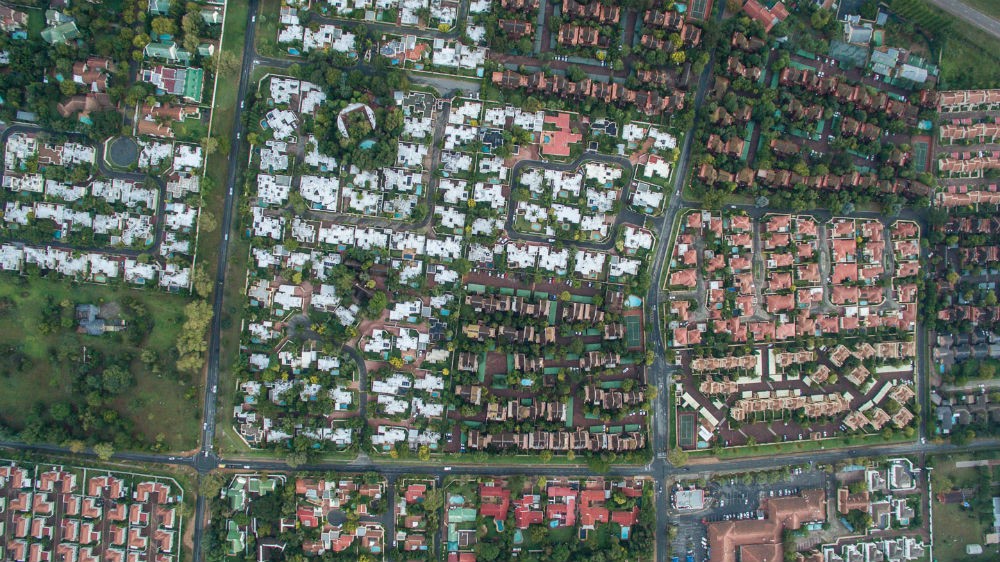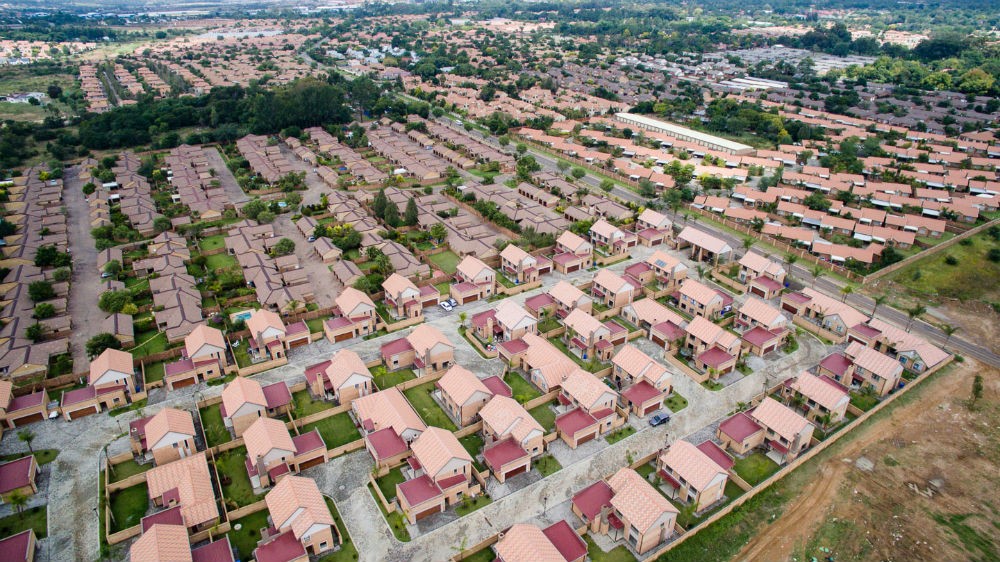“In our dream, it has become a democratic society. You know, the city will become a kind of vehicle to help people live together and to be creative,” the artist Ai Weiwei remarks in Kapital Creation: Chasing the Chinese Dream, a video by Matthew Niederhauser & John Fitzgerald that examines the urban explosion of Beijing through the eyes of creatives who see the need for a different future and who recognize that the rest of the planet is bound to their fate. This drive to create a more robust civic lifestyle is at the root of Niederhauser and Fitzgerald’s work, and with two-thirds of the earth’s population expected to live in cities by 2030, there is urgency to their efforts.
In their ongoing project, The Megacity Initiative, Niederhauser and Fitzgerald illuminate this process of mass migration to cities through video, photography, and immersive virtual reality technologies. They deploy all available media channels in order to empower and inspire people to interact meaningfully with their urban environments. They say, “The city lies at the heart of this century, and now is the time to bring it new shape and form.” With trips to India, South Africa, Brazil and China already completed, The Megacity Initiative turns its focus to Southeast Asia and West Africa. Together, they are examining sustainable development, social equity, land rights, and freedom of expression in these burgeoning metropolitan regions.
Their work is on view in the “Future of Suburbia” exhibition in the MIT Media Lab (from January 25, 2016 to April 2, 2016).
MATTHEW NIEDERHAUSER AND JOHN FITZGERALD DISCUSS THEIR PROCESS AND RECENT WORK
How does your project, The Megacity Initiative, explore the crossover between participatory design, community development and progressive city planning?
The Megacity Initiative first tries to engage people through traditional media outlets such as films, exhibitions, journalism. All of these are excellent channels for stimulating more critical and engaging discourses regarding participatory design, community development and progressive city planning. However, translating discourse into action is the real challenge. That is why we are trying to create an integrated digital platform that ties all of these efforts together and allows people to participate through a mobile app.
We want to aggregate responses to urban environments around the world. When the mobile app opens, it prompts users to select whether they want to provide a photograph, video, or sound recording to offer a short appraisal of what they are encountering, either positive or negative. After recording in their chosen media, the users will then be asked to provide optional keywords and a short description. Then, based on the geolocation of the user and keywords, the mobile app will also provide environmental performance and natural capital information about his/her location and ways to follow up with municipal organizations or fellow users.
Ideally this user-generated database will become a source for citizens, journalists, activists and other institutions to advocate for progressive city planning that better responds to community needs. The mobile app is still in an early state of development, but we are forming lots of exciting partnerships.
As artists, why or how does suburbanization interest you?
As artists, we are extremely focused on how environments mold behavior and relationships within communities. It is a fundamental concern of our project. Suburbanization is of particular interest because an additional 2.7 billion people are anticipated to live in metropolitan regions around the world by 2050. All of these people cannot simply move into pre-existing urban cores, many of which are actually becoming less dense as they redevelop. Instead, these additional people are trying to integrate themselves into cities from the fringe, from the suburban.
How the suburbanization process actually takes place is very different from region to region. A suburban development in China might be larger than most American cities. We are still struggling with what suburban even means in its many manifestations, which is why our engagement with the Center for Advanced Urbanism (CAU) and the “Future of Suburbia” conference and exhibition has turned into a key relationship in our project. CAU really challenged and changed our creative process in how we interpret and produce installations delving into the world of urbanism.
What challenges do you face when collaborating with urban designers and architects? Particularly because you come to this project as artists, journalists, and filmmakers/directors.
Most urban designers and architects are actually quite excited about our projects and open to collaboration. Even though there is still a lot internal disagreement within these communities with regards to approach and practice, we are acting as consensus takers and trying to establish common ground. Luckily urbanism and architecture are becoming more interdisciplinary in nature. They are no longer isolated fields of study but continue to delve into, and often draw inspiration from, how we practice and engage the same problems as artists, anthropologists, documentarians and journalists.
It’s a very exciting time to think about the future of cities. At its core, The Megacity Initiative is trying to emphasize the mutual global responsibility of future urban and suburban development. These are not isolated difficulties now that we live on a globalized planet. How 2.7 billion more people decide to live in cities will affect the entire world economically, socially, and environmentally. Mutual understanding and international cooperation are absolutely vital to the process of improving quality of life in rapidly expanding metropolitan regions.
How have you overcome the challenges of capturing the nuance and complexity of suburbanization? Has your approach, attitude, or visual interpretations toward suburbanization changed while working with CAU?
We are still trying to overcome many challenges! How to capture and present these intricate transformations is very difficult, but there are new media technologies helping us make headway. We are now using drones in order to visualize large-scale urban and suburban developments. It’s an amazing way to actually grasp the scale and form of the areas being investigated for the “Future of Suburbia” exhibition and conference. CAU has been instrumental in shaping our approach to what we film while in the field. Otherwise, we are also employing 360° VR camera technology to develop content for VR headsets like Oculus. It’s an amazing tool for capturing urban environments, and then we can place a viewer right in the middle of the action. We are currently finishing our first VR experience about a young product designer living in a Mumbai slum who is trying to improve daily life in her community through her work. Otherwise the mobile app component of The Megacity Initiative is what we will be focusing on this winter. It will be built on a framework that is easily translatable into other languages. Users could potentially come from metropolitan regions around the world, especially where people want to take a greater stake in ensuring more sustainable and equitable development. This digital platform is striving to provide a voice for those who want to impact and more fully participate in the future of their cities.
The Future of Suburbia exhibition is described as “dynamic physical model of a future polynodal suburb…complemented by contextual research displayed in text and graphics, and aerial videos of existing global suburbs.” How is this exhibition different from other venues/galleries you’ve presented work?
Our collaboration with CAU for the Future of Suburbia represents a huge leap forward in terms of how we exhibit our work. All of the media that we created from trips to India, South Africa, Brazil, China, and around the United States is being incorporated into a dynamic installation that we would have otherwise been unable to produce or conceptualize on our own. We are very excited for the opening this February!
In the Making is an ongoing series of interviews with CAST Visiting Artists, in which they share aspects of their artistic processes and the stories behind the works they developed at MIT.










